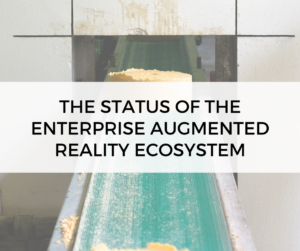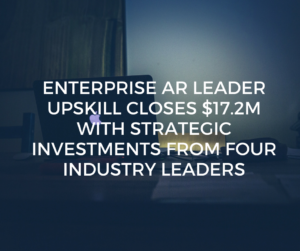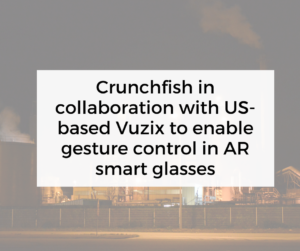The Status of the Enterprise Augmented Reality Ecosystem

Immersive technology and Mixed, Virtual and Augmented Reality are all terms that have analysts and industry visionaries excited, predicting that billions will be spent in the coming years. Virtual and Augmented Reality alone are forecast by IDC to grow to $162 billion in revenue by 2020.
One sector where actual performance, efficiency and bottom line improvements are already being made is Enterprise Augmented Reality (AR).
Mark Sage, the Executive Director of the Augmented Reality Enterprise Alliance (AREA) explains, “Enterprise AR solutions are providing real benefit to organisations right now.” Sage notes that there are many different business problems that can be solved or improved, including:
- Relevant data – presenting only the latest, contextual and useful information to workers, when they need it
- Better resource management – making experts available to the entire workforce
- Real-time compliance – capturing, recording and certifying processes for policy compliance
- Reduced time – improving the efficiency of infrequent and complex tasks
- Minimised errors – preventing human error and miscalculation
- Lower costs – lowering the impact of task interruption and errors
Any new technology requires the ecosystem players to come together. This includes Enterprises (benefiting from AR technology), Providers (developing service, software and hardware AR solutions) and Non-commercial supporting organisations (universities, public research institutes and agencies that deliver research and push the boundaries of AR technology).
Many organisations want and need a better understanding of the AR tools available, use cases, methods of implementation and return on investment (ROI) for Enterprise AR.
This is the goal of the AREA, according to Mark Sage. The AREA is very grateful to Insight Success for featuring The AREA in their “10 Most Innovative AR/VR Solution Providers 2018” and for all the information on The AREA.








